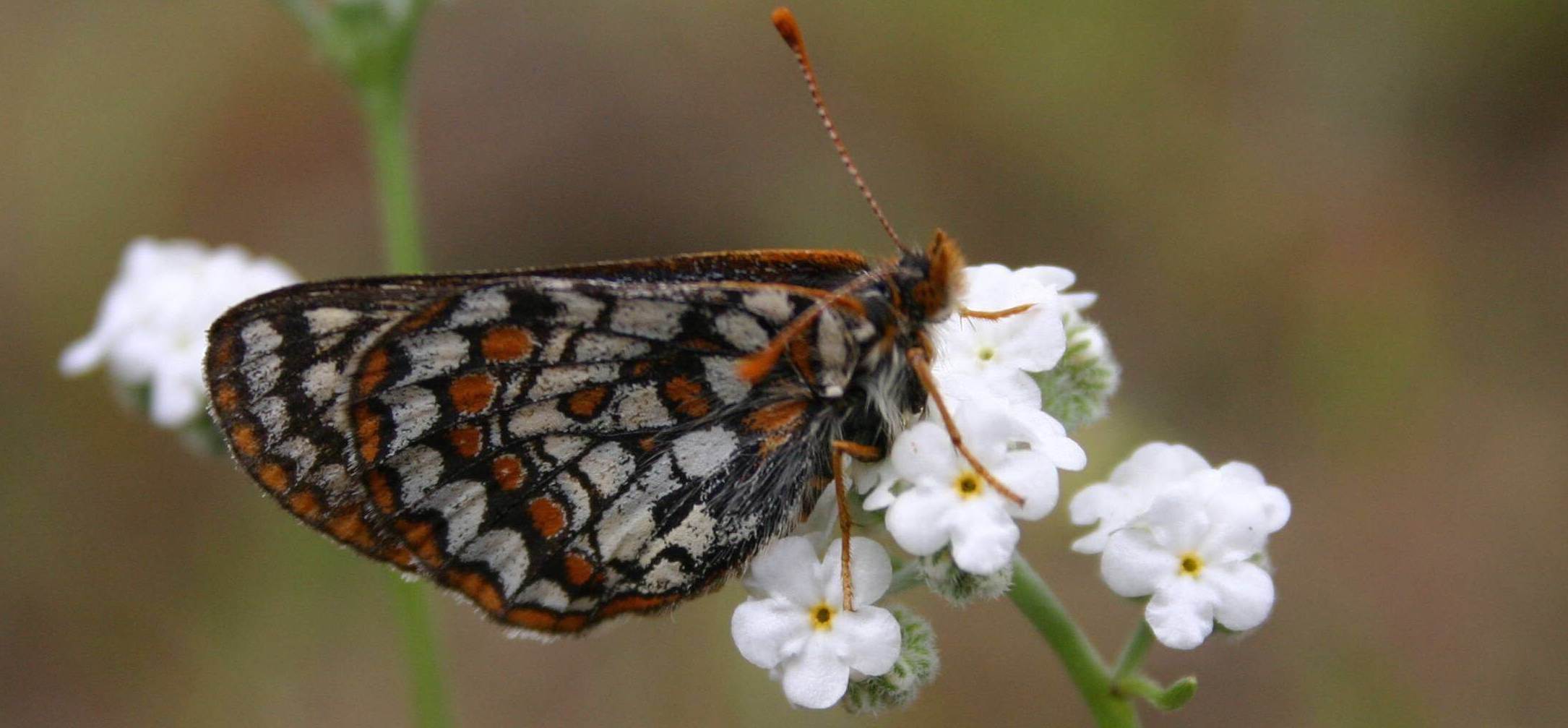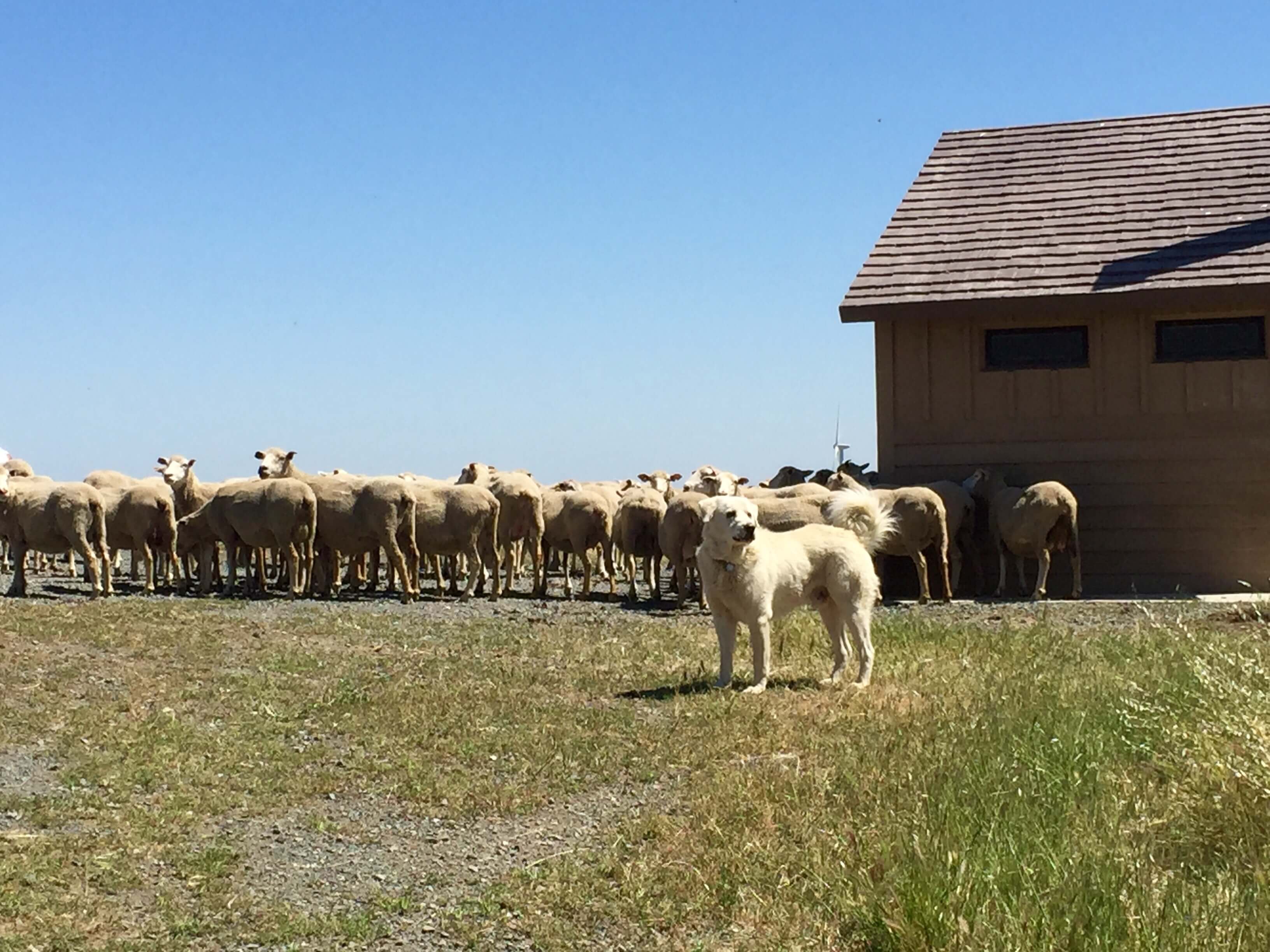What goals should we set for conservation efforts in an era of global change? Are there creative, science-based tools to achieving these goals?
Setting goals for novel ecoystems
At a national and international level, there is growing debate about what restoration means in a human-dominated age. How do we conceive of nature, how do we value it, and how do we restore it in a world of rapid change? We work with diverse collaborators to address these questions and improve overarching frameworks for ecological management decisions. One aspect of global change is the rise of “novel” ecosystems – ecosystems that arise from human causes (e.g., climate change, species invasion) but are not under human control. An emerging principle is that management in novel ecosystems may be most successful by focusing on ecosystem services or species conservation rather than restoration per se. These collaborations are setting a groundwork to identify when traditional restoration, and when alternative strategies, are optimally applied.
Grazing effects on Stipa
Depending on the context, grazing can be both a challenge an aid to species conservation. The East Bay Regional Park District (EBPRD) has a long standing interest in maintaining biodiversity on their lands. A focal point for the EBRPD is to maintain populations of purple needgrass (Stipa pulchra), a native perennial that is California’s state grass. In collaboration with Loralee Larios, we are conducting a demographic study of Stipa in relation to sheep grazing to guide future conservation grazing management.
Compost amendments in rangelands
Compost amendments are gaining traction in California as a tool to increase soil carbon sequestration and forage production in rangelands. Experimental studies suggest that a single application of amendments can elevate both services for at least ten years. On the other hand, amendments contain nitrogen, which is associated with loss of species and functional diversity. Functional loss, especially of stress-tolerant species, could affect the resilience of forage to drought. However, much of the nitrogen in compost is in organic form, which is less accessible to plants. In collaboration with Whendee Siver and Katie Suding, we are testing the effect of compost amendments on the resilience of diversity and ecosystem services in an experiment crossing soil amendments with extreme rainfall treatments.
Oak conservation in farm lands
Hazelnut production is a booming industry in the Willamette Valley, with Oregon producing 99 percent of US hazelnuts. There is a small but growing number of farms focusing on organic hazelnut production. Pest management is a critical issue on these farms. One pest, the filbert worm (Cydia laiferreana), is a native insect that burrows into the nuts. Removing all of the nuts from the ground can break the filbert worm’s lifecyle. However, the native host of the filbert worm is the Oregon white oak (Quercus garryana), a species of conservation concern in Oregon. In collaboration with Taylor Larson of My Brother’s Farm and Betsey Miller of OSU, we are testing whether pig grazing in oak woodlands can reduce pest loads by removing acorns from natural areas within the agricultural matrix.
Related publications
Hallett, L. M., T. Morelli, L. R. Gerber, M. Moritz, M. W. Schwartz, N. L. Stephenson, J. L. Tank, M. A. Williamson, C. A. Woodhouse. 2017. Navigating translation ecology: Creating opportunities for scientist participation. Frontiers in Ecology and the Environment 15(10): 578-586 (Invited paper for a special issue).
Hobbs, R. J. and 27 others (including L. M. Hallett). 2014. Managing the whole landscape: historical, hybrid and novel ecosystems. Frontiers in Ecology and the Environment 12(10): 557-564.
Stein, C., L. M. Hallett, W. S. Harpole, K. N. Suding. In press. Evaluating ecosystem services provided by non-native species: An experimental test in California grasslands. PLOS ONE.
Martin, L. J., J. E. Quinn, E. C. Ellis, M. R. Shaw, M. Dorning, C. E. Kraft, L. M. Hallett, N. E. Heller, R. J. Hobbs, E. Law, N. Michel, M. Perring, P. D. Shirey, R. Wiederholt. 2014. Conservation opportunities across the world’s anthromes. Diversity and Distributions 20(7):745-755.
Hallett, L.M., S. Diver, M.V. Eitzel, J.J. Olson, B.S. Ramage, H. Sardinas, Z. Statman-Weil, K.N. Suding. 2013. Do we practice what we preach? Goal setting for ecological restoration. Restoration Ecology 21(3): 312-319.
Shackelford, N., R.J. Hobbs, N. Heller, L.M. Hallett, T. Seastedt. 2013. Finding a middle-ground: The native/non-native debate. Biological Conservation 158(2): 55-62.
Hallett, L.M., R.J. Standish, K.B. Hulvey, M.A. Gardener, K.N. Suding, B.M. Starzomski, S.M. Murphy, J.A. Harris. 2013. Toward a conceptual framework for novel ecosystems. Hobbs, R.J., E. Higgs, and C.A. Hall, eds. Novel Ecosystems: when and how do we intervene in the new ecological world order? Wiley-Blackwell.
Hobbs, R.J., L.M. Hallett, P.R. Ehrlich, and H.A. Mooney. 2011. Intervention ecology: applying ecological science in the 21st century. Bioscience 61(6): 442-450.


